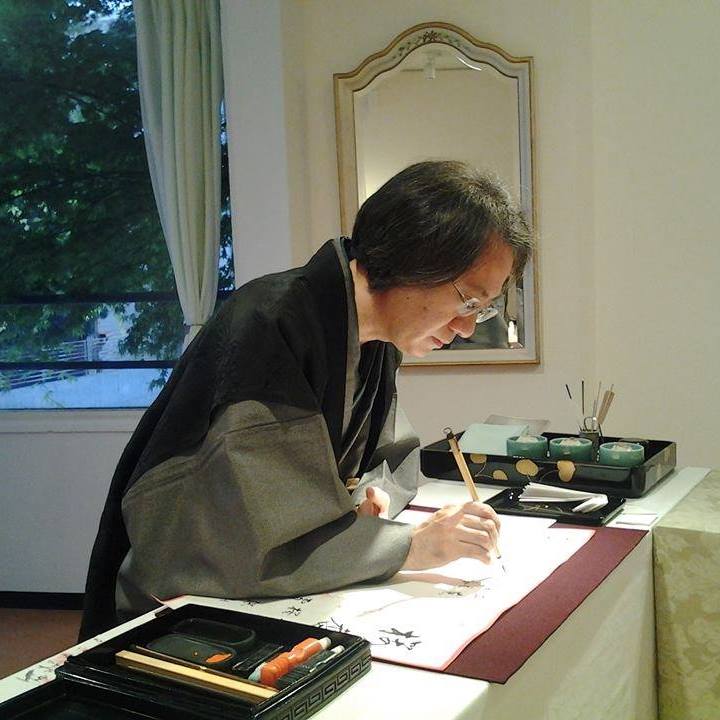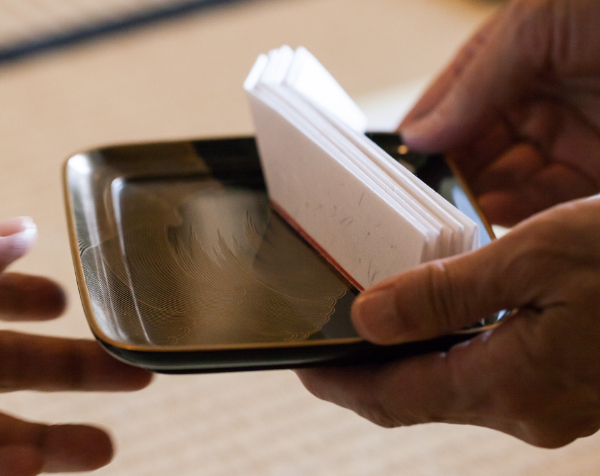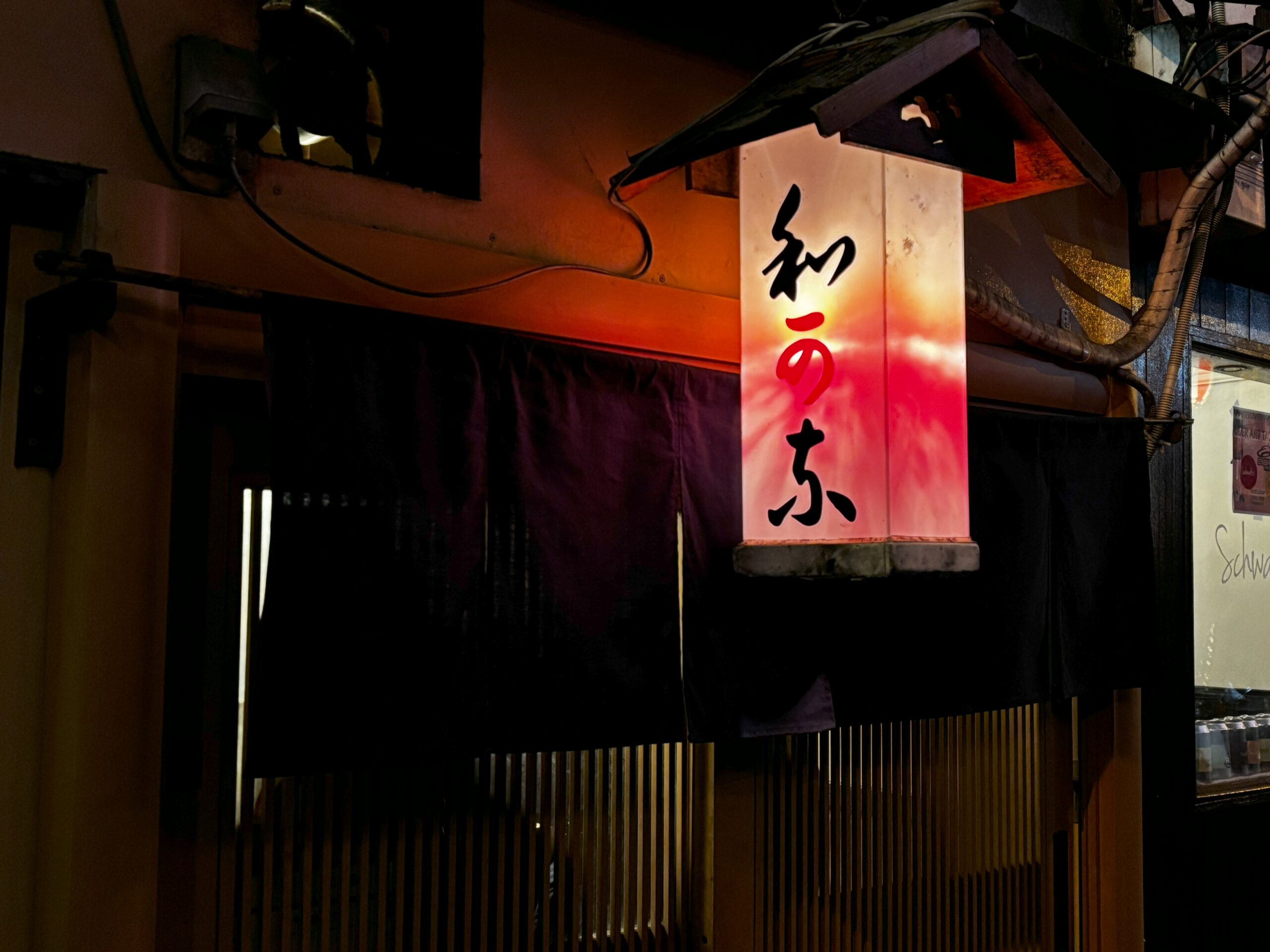Kodo – Art of Incense
Kodo, along with the tea ceremony and flower arrangement, is one of the three Japanese arts. It involves burning fragrant wood in a set procedure and appreciating the fragrance. In Kodo, experiencing the fragrance is referred to as “listening.” This practice prioritizes the olfactory sense and “listens” to the infinite world of scents, making it an art born from the delicate sensibilities of the Japanese people. When you hear the word “incense,” you might think of stick-shaped incense. However, in Kodo, fragrant wood that has aged thousands of years is used. This wood is very expensive due to its rarity, which is why Kodo has not become as widespread as the tea ceremony or flower arrangement while of the three arts, Kodo has the highest elegance.

















.jpg)
.jpg)






















